Raining Nutrients with a SlurryTanker
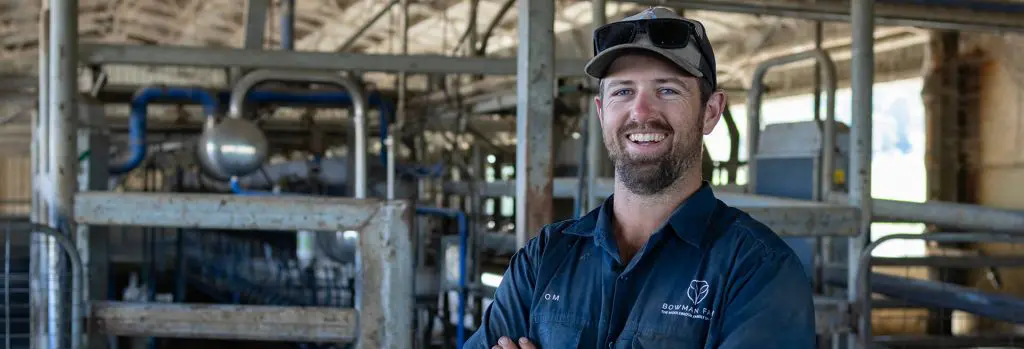
Six hundred cows produce a lot of effluent, Tom Middlebrook thought he could put that to good use, with a slurry tanker to help him rain nutrients across the whole farm.

Six hundred cows produce a lot of effluent, Tom Middlebrook thought he could put that to good use, with a slurry tanker to help him rain nutrients across the whole farm.

When choosing between single, tandem, or triple axle slurry tankers, it all comes down to size, stability, and terrain. Whether you want easy manoeuvrability or maximum load capacity, selecting the right axle setup makes a significant difference to both performance and safety. For many farmers, deciding between a single unit or a slurry tank 2 […]
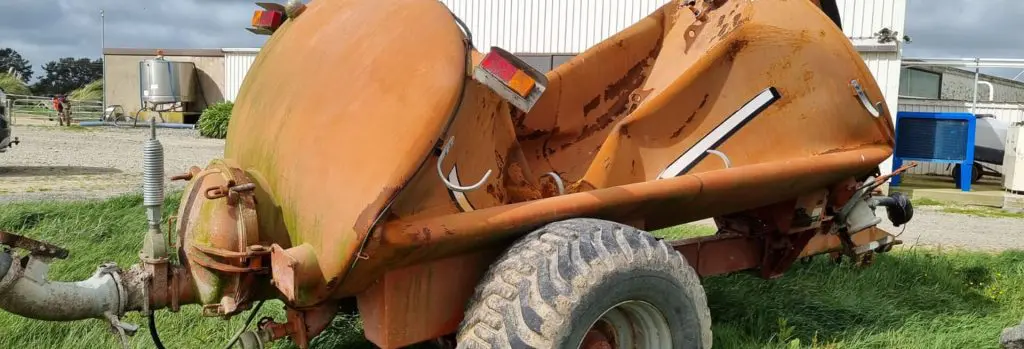
Understanding Tank Implosion Risks Tank implosion happens when the vacuum system fails or when fittings are not maintained correctly. A failed tank on a slurry tanker is not only costly but also dangerous if the structure fails under pressure. From corroded steel to poorly adjusted valves, there are several causes that can be prevented through […]
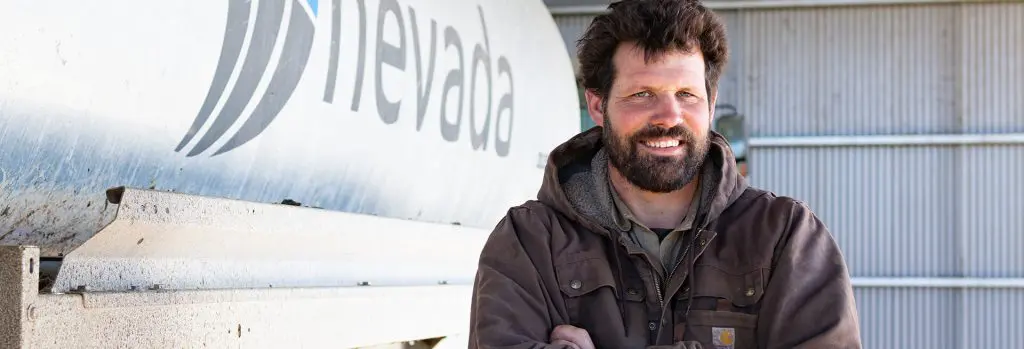
Scott Korpershoek transformed effluent from a daily headache into a valuable resource with the help of a Nevada Slurry Tanker – boosting efficiency and productivity on his farm.
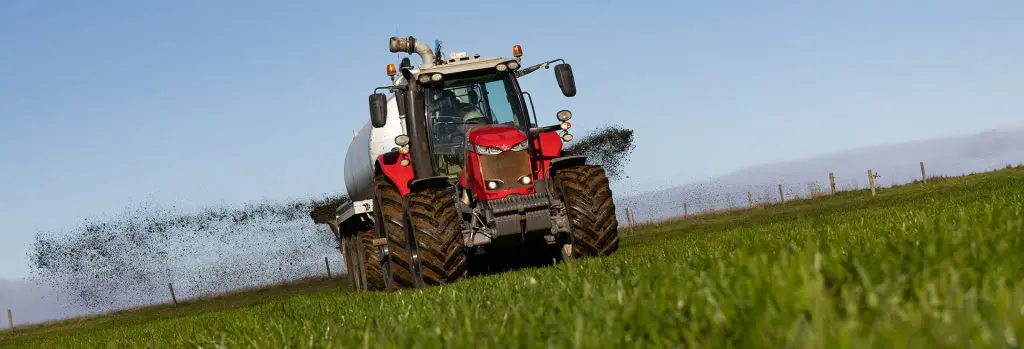
Slurry tankers in the 21st Century Slurry tankers have changed a lot over the years. Back in the day, they were slow, ponderous and dirty, but just like a modern hay baler, the difference is night and day. A modern slurry tanker is packed with technology that makes it easy and efficient to use, allowing […]
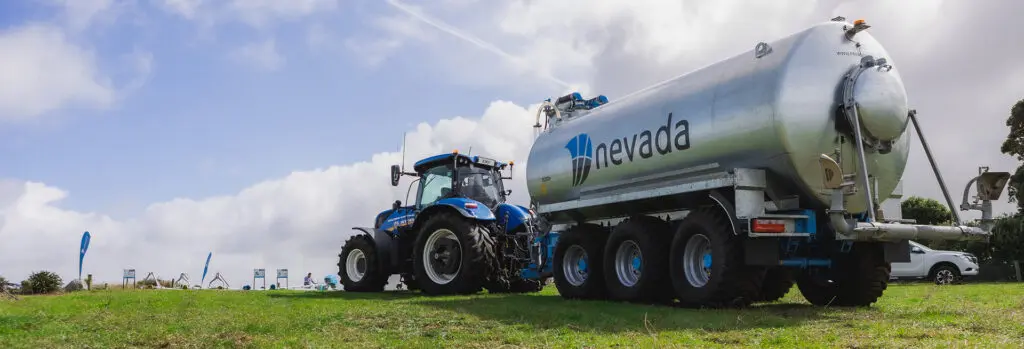
What Is the Investment Boost? From the 22nd of May 2025, businesses that invest in new productive assets—like farm equipment, machinery, and infrastructure—can claim a 20% bonus tax deduction in the year they buy the asset. This is on top of the usual depreciation claim. In simple terms, you get more back from IRD when […]
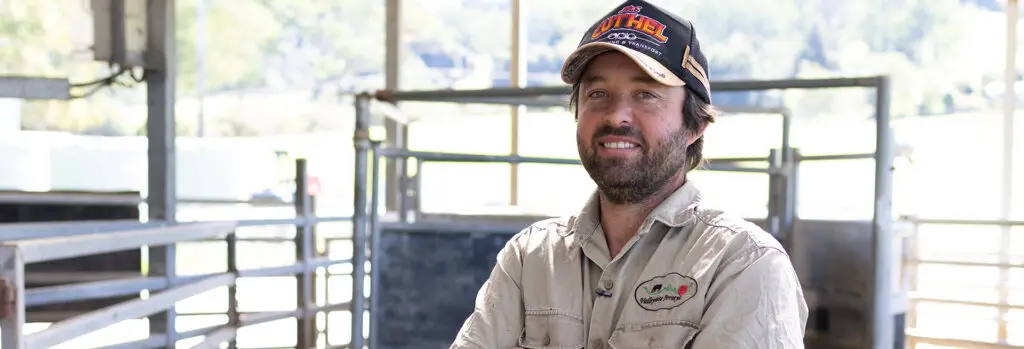
What’s the expression? “Make hay while the sun shines,” and that is exactly what Scott Connell is doing with his Nevada Tandem Axle Slurry Tanker.
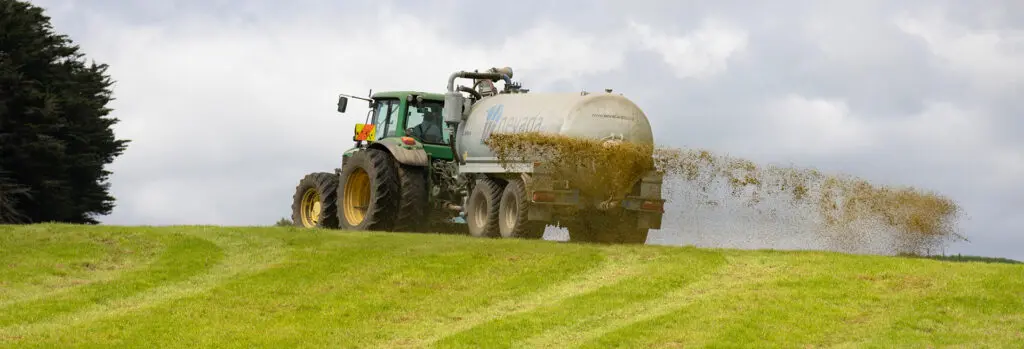
Isn’t it more time-consuming? There is a perception amongst some farmers that a slurry tanker is a slow way to spread effluent and that couldn’t be further from the truth. Slurry tankers are incredibly efficient systems. It takes three minutes to load 12,000 litres of effluent into a tanker and it takes three minutes to […]
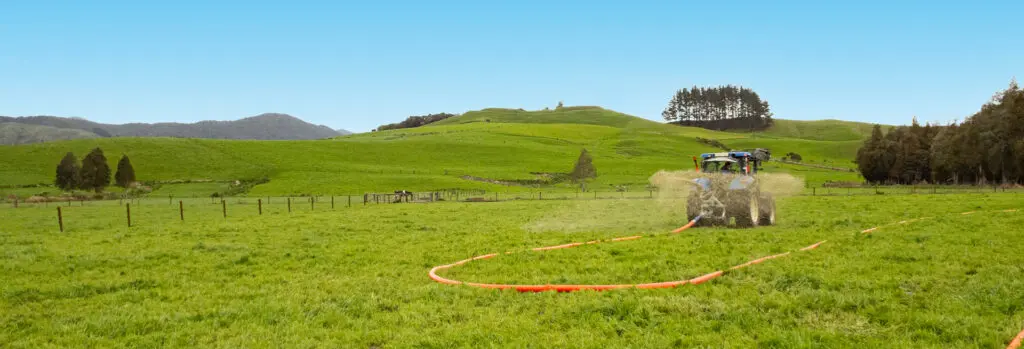
Apply dairy effluent directly Ideally you’d apply FDE as soon as possible after collection. That way, there is no nutrient loss from storage and your paddocks immediately reap all the benefits. As we all know, that’s not always possible. That’s why we’d recommend a good storage solution and stirrers to agitate the FDE and prevent […]
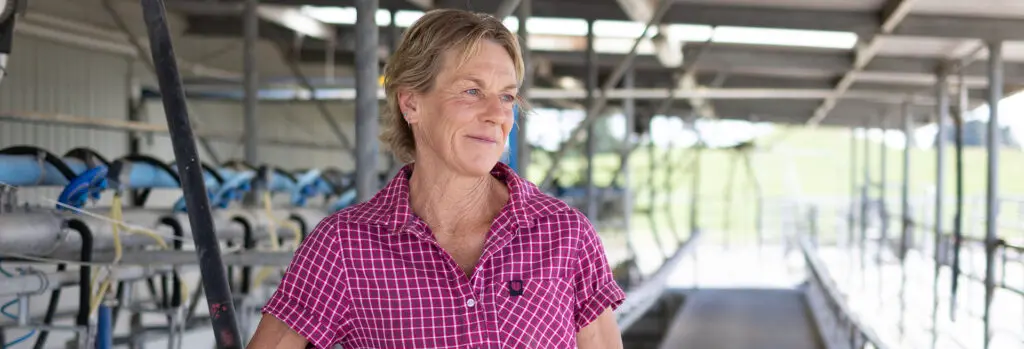
On-Farm in the Bay of Plenty with Liz Hodgson. Hear how Liz, reduced stress
and saved over $30K on fertiliser.
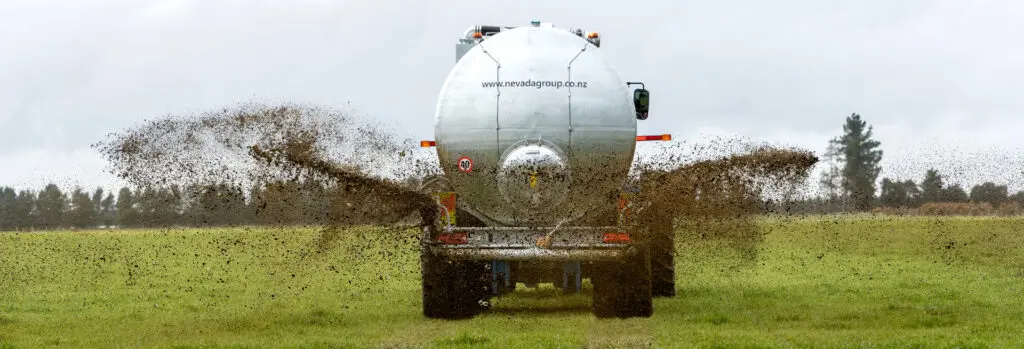
A comparison we often use with the RainWaveTM is to imagine the difference between shaking a hose from side to side, or getting a hose and putting your finger over the edge to create a fan. Each method has its advantages, but also different levels of efficiency when it comes to spreading nutrients on the […]
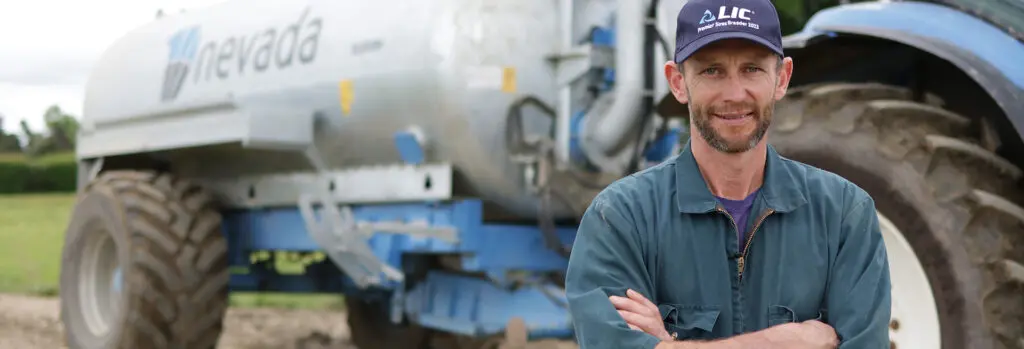
John’s story is one of resilience, resourcefulness, and forward-thinking.